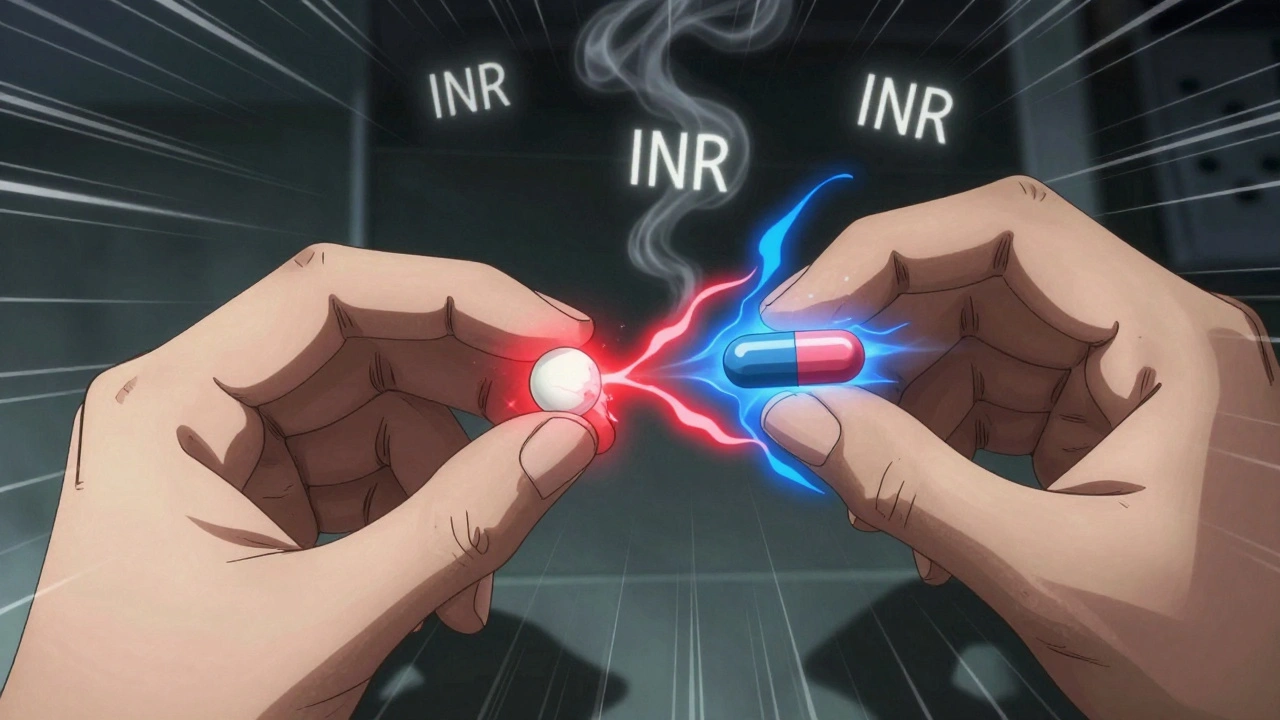Paget's Disease – What You Need to Know
When dealing with Paget's disease, a chronic disorder that disrupts normal bone remodeling. Also known as osteitis deformans, it primarily targets the osteoclast activity, leading to enlarged and weakened bones. The condition often requires treatment with bisphosphonates, which help slow down excessive bone turnover.
Key Aspects of Paget's Disease
Paget's disease encompasses abnormal bone remodeling, meaning the normal balance between bone breakdown and formation is thrown off. This imbalance triggers three main phases: an initial surge in osteoclast‑driven resorption, a chaotic rebuilding phase where new bone is laid down haphazardly, and finally a mixed stage where both processes coexist. Because the new bone is laid down faster than it should be, it ends up porous and misshapen, increasing the risk of fractures and joint pain. Genetics play a big role; mutations in the SQSTM1 gene are linked to higher osteoclast activity, which explains why the disease often runs in families. Lifestyle factors such as vitamin D deficiency can worsen calcium metabolism, making symptoms more noticeable.
Diagnosing Paget's disease is usually straightforward once doctors spot the classic signs: enlarged skull, bowing of long bones, or hearing loss from skull involvement. Blood tests often reveal elevated alkaline phosphatase, a marker of bone turnover, while X‑rays show the characteristic mosaic pattern of bone. When the disease is caught early, treatment with bisphosphonates like alendronate or risedronate can normalize alkaline phosphatase levels within months, reducing pain and stabilizing the bone structure. For patients who can’t tolerate oral meds, intravenous zoledronic acid offers a one‑time dose that can keep the disease in check for years. Physical therapy and weight‑bearing exercises also help maintain joint function, but they should be tailored to avoid over‑stress on weakened bones.
Understanding how Paget's disease interacts with other health issues is vital. The altered bone architecture can predispose patients to osteoarthritis in adjacent joints, and in rare cases, the excessive bone turnover may lead to a malignant transformation known as osteosarcoma. Regular monitoring with bone scans or periodic blood work helps catch these complications early. Patients are encouraged to keep an eye on new pain, sudden swelling, or changes in hearing, and to discuss any concerns with their healthcare provider promptly. Armed with the right knowledge, you can manage Paget's disease effectively and keep your bones as strong as possible. Below, you’ll find a curated list of articles that dive deeper into specific treatments, symptom management, and the latest research on this condition.
How Paget's Disease Disrupts Sleep and Triggers Fatigue
Explore how Paget's disease interferes with sleep and causes persistent fatigue, the underlying mechanisms, diagnostic tools, and practical management strategies.






